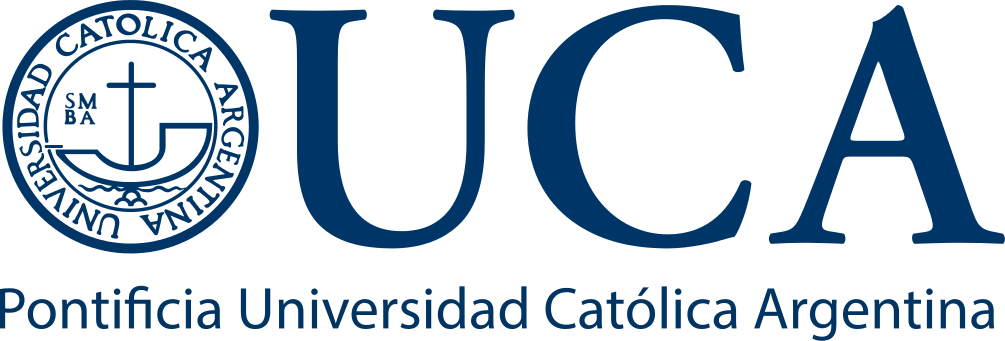Por favor, use este identificador para citar o enlazar este ítem:
https://repositorio.uca.edu.ar/handle/123456789/20224| Título: | Evaluation of equestrian eventing cross-country ground safety using field parameters: The case of Santiago 2023 Pan-American Games | Autor: | Acuña, A. Blanco, M. A. Carter, C. Arias, R. Del Campo, T. Danneberger, K. |
Fecha de publicación: | 2025 | Editorial: | Wiley | Resumen: | Cross country is one of the three equestrian disciplines, including eventing, and it has a high injury and fall risk for the horse and rider. Testing cross-country ground in terms of soil compaction and penetration gives valuable information regarding the ground condition for competition. The objective of this study was to evaluate the quality of a Chilean cross-country ground for equestrian eventing after the Santiago 2023 Pan-American Games using field parameters and complementary soil analysis. Turf on the cross-country area mainly comprised kikuyugrass (Cenchrus clandestinus (Hochst. ex Chiov.) Morrone), a natural turfgrass species found at the location. The total route distance of the cross-country was 3700 m, and data were taken at each 250 m of the route completing a total of 27 points, considering at least two replications on obstacle points. One data point was not considered in the analysis. Parameters measured were soil temperature, volumetric water content, soil salinity (dS/cm) measured as electrical conductivity using a TDR 350; soil compaction using 2.25 kg Clegg impact hammer (CIH); soil penetration using a Longchamp penetrometer (LP); turfgrass height, thatch depth and turfgrass vigor using FieldScout TCM 500 NDVI turf color meter. Data sets were taken in January (summer) and July (winter) during 2024. Differences between seasons were detected for CIH and Delta LP values. Despite seasonal variations, volumetric water content (VWC) and soil texture significantly influenced surface condition, with this study showing that this was true especially the case where obstacles were at high elevation and had low turfgrass density. Agronomic management strategies that account for environmental variations, such as implementing a consistent irrigation program, aeration, topdressing, and maintaining sufficient turfgrass cover, should be carefully addressed prior to any event. Future research considering evaluations in different seasons and points are needed to improve safety for horses and riders in Chile. | URI: | https://repositorio.uca.edu.ar/handle/123456789/20224 | ISSN: | 2573-1513 | DOI: | 10.1002/its2.70097 | Derechos: | Atribución-NoComercial-CompartirIgual 4.0 Internacional | Fuente: | International Turfgrass Society Research Journal 2025 |
| Aparece en las colecciones: | Artículos |
Ficheros en este ítem:
| Fichero | Descripción | Tamaño | Formato | |
|---|---|---|---|---|
| evaluation-equestrian-eventing.pdf | 905,26 kB | Adobe PDF |  Visualizar/Abrir |
Este ítem está sujeto a una Licencia Creative Commons

